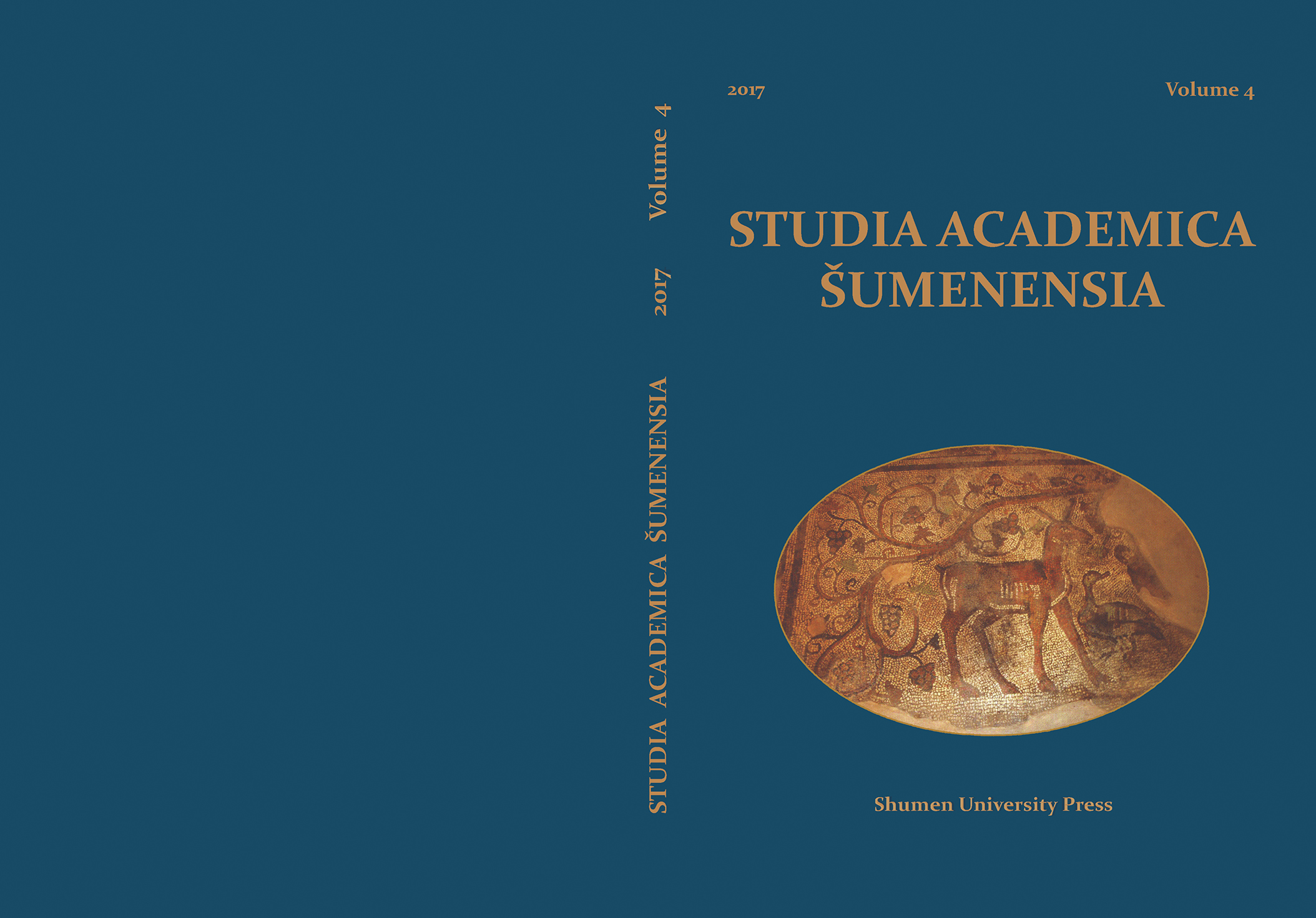On the date and the interpretation of the complex at the Southwestern gate of Augusta Traiana/Beroe
On the date and the interpretation of the complex at the Southwestern gate of Augusta Traiana/Beroe
Author(s): Vanja PopovaSubject(s): Christian Theology and Religion, History, Archaeology, Cultural history, Ancient World, Theology and Religion, History of Religion
Published by: Шуменски университет »Епископ Константин Преславски«
Keywords: thermen-gymnasion; theatron/auditorium; games and entertainments; imperial cult; equestrian statue; Christianization;
Summary/Abstract: The present paper deals with the bath gymnasion (probably the known from inscriptions Severan gymnasion) with theatron in front of it, a piazza and an equestrian statue, all located near the Southwestern gate of Augusta Traiana-Beroe. Since long time the function and the date of every part of the complex has become the subject of discussion. The piazza was identified by its researchers as the forum of the city. But in the opinion of the author,it should be rather the agora, not the forum, located most probably not here, but almost in the Northern centre of the city, because it was Greek-speaking and organized similarly to the other Greek cities in the Balkans and Asia Minor. The first building period with three phases of the thermen-gymnasion is related to the time of the Severan dynasty. This theatre-like place was functioning simultaneously to the still not found theatre (or theatre-amphitheatre) of Augusta Traiana. The complex at the Southwestern Gate has several main functions: as a place of training in sports and for humanitarian and artistic education; as thermen for hygienic and recreational purposes; and finally as a place for demonstrations of the skills of the young men,probably in connection with the veneration of the imperial and other local cults. The visitors of the thermen and the city elite as spectators were watching from the auditorium the athletic games, the theatre-like performances and possibly other competitions. In the second period, beginning after the recovering from the Goths’ devastations in the middle of the 3rd century and ending in 351, the piazza has changed its function and has become the arena of gladiatorial combats, some venationes and bestiaria, with a special railing, separating the decumanus and the traffic from the combats. In the third period, removing of the railing and erecting of an equestrian statue, probably of Constantius II, this put to an end the gladiatorial games in the piazza and generally of paganism in the city. The piazza with the statue has become one of the several centers of the imperial cult in Beroe in Late Antiquity. The whole area was Christianized, including thetransformation of the bath’s vestibule into an Early Christian basilica and bishop residence.
Journal: Studia Academica Šumenensia
- Issue Year: 4/2017
- Issue No: 4
- Page Range: 57-96
- Page Count: 40
- Language: English

